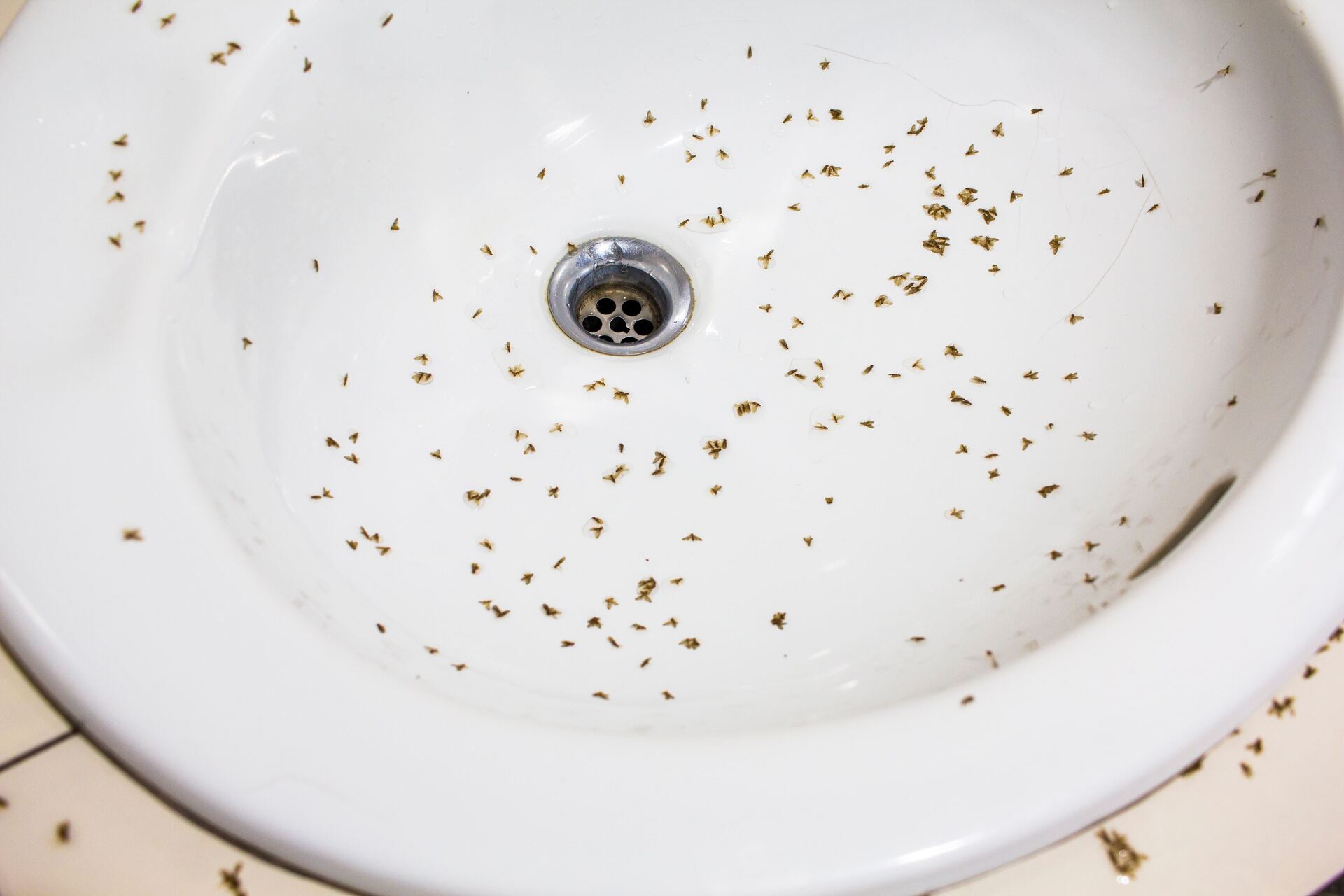

Articles
How To Get Rid Of Sink Flies
Modified: January 5, 2024
Learn effective ways to get rid of sink flies in your home with these informative articles. Prevent infestations and keep your kitchen clean and hygienic.
(Many of the links in this article redirect to a specific reviewed product. Your purchase of these products through affiliate links helps to generate commission for Storables.com, at no extra cost. Learn more)
Introduction
Welcome to our comprehensive guide on how to effectively eliminate sink flies. Sink flies are tiny, flying insects that can become a nuisance in your home, particularly in areas where there is standing water or dampness. They are commonly found near sinks, drains, and other areas with organic debris. These pesky insects can multiply rapidly and become a real headache if not addressed promptly. In this article, we will explore the reasons why sink flies are a problem, how to identify their breeding grounds, and the most effective methods for eliminating them.
Sink flies, also known as drain flies or moth flies, are small flies that belong to the family Psychodidae. They are typically about 1/8th of an inch in length and have a fuzzy, moth-like appearance. These flies are attracted to areas where there is decomposing organic matter, such as food particles, grease, and other residues that accumulate in sinks, drains, and pipes.
Now, you may wonder why sink flies are a problem. Aside from being annoying and unsightly, their presence can indicate a larger issue with your plumbing system. Sink flies are often found in drains that are clogged or have stagnant water. Their presence could be an indicator of a hidden leak, a buildup of sewage, or other plumbing problems.
Furthermore, sink flies can carry bacteria and pathogens, potentially posing a health risk to you and your family. Therefore, it is crucial to take swift action to eliminate these pests and address the underlying source of the problem.
Next, let’s dive into how you can identify the breeding grounds of sink flies in order to effectively target them for removal.
Key Takeaways:
- Sink flies are not just a nuisance, but also a potential health hazard due to unsanitary conditions and indication of underlying plumbing issues. Identifying their breeding grounds and taking preventive measures is crucial for effective elimination.
- Methods such as removing organic matter, pouring boiling water, using drain cleaners, installing drain covers, and maintaining a clean sink are effective in disrupting the breeding cycle of sink flies and preventing future infestations.
Read more: How To Get Rid Of Outdoor Flies
What are sink flies?
Sink flies, also known as drain flies or moth flies, are tiny insect pests that are commonly found in areas with standing water or dampness. They belong to the family Psychodidae, and their scientific name is Psychoda alternata.
These flies are small, usually measuring about 1/8th of an inch in length. They have a fuzzy, moth-like appearance with long antennae and a pair of hairy wings. Despite their small size, they can quickly multiply and become a nuisance in your home.
Sink flies are attracted to areas where there is decomposing organic matter, such as food particles, grease, and other residues that accumulate in sinks, drains, and pipes. They are particularly fond of stagnant water, which is why they are commonly found in bathrooms and kitchens.
One of the distinguishing features of sink flies is their ability to cling to surfaces. They have tiny spines on their legs that allow them to adhere to walls, ceilings, and other vertical surfaces. This is why you may often find them congregating near the walls around your sink or drain.
These flies undergo a complete metamorphosis, meaning they go through four distinct life stages: egg, larva, pupa, and adult. The female sink flies lay their eggs in or near areas with moisture and organic matter. The eggs hatch into larvae, which feed on the decomposing material and organic debris found in drains.
The larvae of sink flies are slender, elongated, and worm-like in appearance. They have a voracious appetite and can cause further clogs in your drains by creating a slimy biofilm. This biofilm acts as a food source and provides a breeding ground for these flies.
After the larvae go through a pupal stage, they transform into adult sink flies and emerge ready to reproduce. The entire life cycle of a sink fly can range from a few weeks to several months, depending on environmental conditions such as temperature and availability of food.
Now that you have a better understanding of what sink flies are, let’s explore why they can be a problem and how to identify their breeding grounds.
Why are sink flies a problem?
Sink flies may be small, but they can cause several problems if left unchecked. Here are some reasons why these tiny insects can become a nuisance:
- Unsanitary conditions: Sink flies thrive in areas with organic debris and stagnant water. Their presence in your sink or drain indicates the presence of decomposing matter, which can lead to unsanitary conditions. Sink flies can carry bacteria and pathogens, potentially posing a health risk to you and your family.
- Clogs and blockages: The larvae of sink flies feed on the decomposing material in drains, creating a slimy biofilm that can clog your pipes. This can lead to slow drainage, foul odors, and even complete blockages if left unaddressed.
- Indication of underlying plumbing issues: Sink flies are often found in drains that are clogged or have stagnant water. Their presence could be a sign of plumbing problems such as hidden leaks, cracked pipes, or sewage buildup. Ignoring these underlying issues can result in more significant damage and costly repairs in the future.
- Persistent infestation: Sink flies have a rapid reproduction cycle, and once they establish a breeding site, they can quickly multiply in large numbers. This can lead to a persistent infestation that is difficult to eradicate without taking the necessary steps to eliminate their breeding grounds.
- Interference with daily activities: The constant presence of sink flies can be disruptive and irritating. They can be bothersome when you’re trying to cook, wash dishes, or use your sink. Their buzzing and swarming behavior can also be distracting and unpleasant.
It’s essential to address the problem of sink flies as soon as you notice their presence. By eliminating the root cause and taking preventive measures, you can effectively get rid of these pesky insects and maintain a clean, hygienic environment in your home.
Now that we understand why sink flies can be problematic, let’s move on to identifying the breeding grounds of these insects.
Identifying the breeding ground
In order to effectively address the issue of sink flies, it is crucial to identify their breeding grounds. By pinpointing the areas where these insects lay their eggs and develop into larvae, you can take targeted action to eliminate them. Here are some methods to help you identify the breeding grounds of sink flies:
- Drains and sinks: Sink flies are commonly found in drains and sinks, especially those that are rarely used or have standing water. Check for any signs of organic debris, slime, or a musty odor. These are indications that the flies may be breeding in those areas.
- Moisture sources: Sink flies thrive in moist environments. Look for any sources of moisture in your home, such as leaky pipes, dripping faucets, or waterlogged areas. These can act as potential breeding grounds for these insects.
- Organic matter: Sink flies are attracted to decomposing organic matter, such as food particles, grease, and residues that accumulate in drains and sinks. Inspect these areas for any buildup of debris or slimy biofilm, as this is where the larvae feed and develop.
- Cracks and crevices: Sink flies can hide in tiny cracks and crevices around your sink or drain area. Inspect the walls, backsplash, and surrounding areas for any signs of adult flies or their eggs. They may also congregate near light fixtures or other warm areas.
- Exterior areas: Sink flies can find their way into your home through cracks or gaps in windows, doors, or foundation walls. Check the exterior of your home for any potential entry points and make sure they are properly sealed to prevent further infestations.
Once you have identified the breeding grounds of sink flies, you can take appropriate steps to eliminate them and prevent future infestations. In the next sections, we will explore effective methods for removing organic matter, pouring boiling water, using drain cleaners, installing drain covers, and maintaining a clean sink.
Now that we know how to identify the breeding ground of sink flies, let’s move on to the methods for their elimination.
Removing organic matter
One of the key steps in eliminating sink flies is removing the organic matter that serves as their food source. By getting rid of the decomposing material and residues in your drains and sinks, you can disrupt the breeding cycle of these insects. Here are some effective methods for removing organic matter:
- Clean the drains: Use a drain brush or a pipe brush to scrub the inside of your drains and remove any buildup of debris. Pay special attention to areas where sink flies may lay their eggs, such as the sides and edges of the drain pipe. Rinse the drains thoroughly with hot water to flush out any remaining residue.
- Boiling water: Pouring boiling water down the drains can help dissolve and flush away organic matter. Boil a kettle of water and carefully pour it down the sink or drain. Repeat this process a few times to ensure thorough cleaning. Be cautious not to use boiling water on delicate piping systems to avoid damage.
- Baking soda and vinegar: Create a natural cleaning solution by mixing equal parts of baking soda and vinegar. Pour the mixture down the drain and let it fizz for a few minutes. Then, rinse it with hot water. The combination of baking soda and vinegar helps break down organic matter and eliminate odors.
- Enzyme cleaners: Enzyme cleaners are specifically designed to break down organic matter. You can find these cleaners at most home improvement stores. Follow the instructions on the product label for proper usage and application. Enzyme cleaners can be an effective solution for stubborn organic buildup in drains.
- Regular maintenance: To prevent the buildup of organic matter in your drains, develop a regular cleaning routine. Use a drain strainer or cover to catch food particles and debris before they enter the drain. Avoid pouring grease or oils down the sink, as they can solidify and create a breeding ground for sink flies.
Regularly removing organic matter from your drains and sinks is an essential step in controlling sink flies. By eliminating their food source, you can significantly reduce their population and prevent future infestations. In the next sections, we will explore additional methods such as pouring boiling water, using drain cleaners, installing drain covers, and maintaining a clean sink.
Now that we understand how to remove organic matter, let’s move on to the method of pouring boiling water.
To kill sink flies, pour boiling water down the drain to kill any larvae and eggs. Follow up with a mixture of vinegar and baking soda to clean and deodorize the drain.
Read more: How To Get Rid Of Flies In The Attic
Pouring boiling water
Pouring boiling water down your sink or drain is a simple yet effective method for eliminating sink flies. The high temperature of the water helps to kill the flies and flush out any organic matter that may be attracting them. Here’s how to use boiling water to combat sink flies:
- Boil a kettle of water: Start by boiling a kettle or pot of water on your stovetop. Make sure to use enough water to thoroughly flush the drain and reach deep into the pipes.
- Carefully pour the boiling water: Once the water is boiling, carefully pour it down the sink or drain. Be cautious to avoid splashing yourself or others. It’s best to wear gloves and use a heat-resistant container to handle the boiling water safely.
- Repeat the process: For maximum effectiveness, repeat the process of pouring boiling water down the drain a few times. This will ensure that any remaining organic matter is flushed away, along with the sink flies and their eggs.
- Take precautions: While pouring boiling water can be an effective method, it’s important to consider the type of plumbing system you have. Some older or delicate pipes may be sensitive to extreme temperatures. If you are unsure about the suitability of this method for your plumbing, consult a professional plumber.
Pouring boiling water is a quick and inexpensive method for getting rid of sink flies. It is especially useful for tackling small infestations and preventing further breeding. However, keep in mind that this method may not eliminate the underlying cause of the infestation, such as a buildup of organic matter in the drain.
In the next sections, we will explore additional methods such as using drain cleaners, installing drain covers, and maintaining a clean sink, which will help address the root cause and prevent future infestations.
Now that we know how to use boiling water, let’s move on to the method of using drain cleaners.
Using drain cleaners
If you’re dealing with a stubborn infestation of sink flies, using drain cleaners can be an effective method to eliminate them. Drain cleaners are specifically formulated to dissolve organic matter and clear clogs in your drains. Here’s how to use drain cleaners to combat sink flies:
- Choose the right type of drain cleaner: There are two main types of drain cleaners: chemical drain cleaners and enzymatic drain cleaners. Chemical drain cleaners use powerful chemicals to break down organic matter, while enzymatic drain cleaners contain bacteria and enzymes that naturally consume the organic material. Consider your preferences and the severity of the infestation when choosing the type of drain cleaner.
- Follow the instructions: Read and follow the instructions provided on the drain cleaner bottle carefully. Different brands and types of drain cleaners may have different application methods and safety precautions. It’s important to use the product as directed to ensure effective results and to protect yourself and your plumbing.
- Apply the drain cleaner: Depending on the type of drain cleaner you are using, you may need to pour it directly into the drain or mix it with water first. Follow the recommended amount and pour it down the drain, allowing it to reach the affected area where the sink flies are breeding.
- Let it sit: After applying the drain cleaner, let it sit for the recommended amount of time. This allows the cleaner to break down the organic matter and dissolve any blockages that may be harboring sink flies and their eggs.
- Rinse with hot water: Flush the drain with hot water to help rinse away any remaining debris and the remnants of the drain cleaner. This will ensure that the drain is thoroughly cleaned and any sink flies or larvae are eliminated.
- Repeat if necessary: In case of a severe infestation or persistent problem, you may need to repeat the process a few times or use a more potent drain cleaner. Follow the instructions and avoid overusing drain cleaners, as they can potentially damage your pipes.
Using drain cleaners can be an effective solution for addressing the root cause of sink fly infestations. They break down organic matter and help clear clogs, preventing these pests from finding a suitable breeding ground. However, it’s important to exercise caution and follow the instructions provided by the manufacturer to ensure safety and effectiveness.
In the next sections, we will explore additional methods such as installing drain covers, maintaining a clean sink, and taking preventive measures to keep sink flies at bay.
Now that we know how to use drain cleaners, let’s move on to the method of installing drain covers.
Installing drain covers
Installing drain covers is an effective preventive measure to avoid sink fly infestations. These covers serve as a barrier, preventing food particles, debris, and other organic matter from entering your drains and providing a breeding ground for sink flies. Here’s how to install drain covers to keep sink flies at bay:
- Select the right type of drain cover: There are various types of drain covers available on the market, including mesh covers, strainer covers, and stopper covers. Choose a drain cover that suits your needs and the type of drain you have in your sink or shower.
- Clean the drain: Before installing a drain cover, make sure the drain is clean and free of any debris. Use a brush or pipe cleaner to remove any buildup of organic matter or other obstructions that may prevent the drain cover from fitting properly.
- Place the drain cover: Simply position the drain cover over the drain opening, ensuring a snug fit. Make sure it covers the entire opening and prevents any particles from entering the drain. Some drain covers may require installation according to specific instructions provided by the manufacturer.
- Regularly clean the drain cover: While drain covers can help prevent organic matter from entering your drains, some debris may still accumulate on the surface of the cover. It’s important to regularly remove and clean the drain cover to ensure proper functionality and hygiene.
- Inspect and maintain the drain covers: Periodically check the drain covers to ensure they are in good condition and securely fit in place. Replace any damaged or worn-out drain covers to maintain their effectiveness in preventing sink fly infestations.
By installing drain covers, you create a physical barrier that prevents sink flies from accessing the organic matter in your drains. This reduces the chance of infestations and helps maintain a clean and hygienic environment in your kitchen or bathroom.
In addition to installing drain covers, maintaining a clean sink is crucial in preventing sink flies. Let’s explore some tips for keeping your sink free from organic debris and other attractants in the next section.
Now that we know how to install drain covers, let’s move on to the importance of maintaining a clean sink.
Maintaining a clean sink
Maintaining a clean sink is essential in preventing sink flies and other pesky pests from infiltrating your home. By practicing good hygiene and following a few simple steps, you can keep your sink free from organic debris and create an unappealing environment for sink flies to breed. Here are some tips for maintaining a clean sink:
- Wipe down surfaces regularly: Keep your sink and surrounding countertops clean by wiping them down after each use. Use a mild cleaning solution to remove any food particles, residue, or grease that may attract sink flies.
- Keep drains clear: Use a drain strainer or cover to catch food scraps and debris before they enter the drain. Empty the strainer regularly and dispose of any collected organic matter in the trash to minimize the likelihood of sink fly infestations.
- Flush the drains: Once a week, pour hot water down your drains to help flush away any buildup of organic matter. This simple process helps prevent clogs and creates an inhospitable environment for sink flies to thrive.
- Avoid pouring grease or oils down the sink: Fats, oils, and grease can solidify in the pipes and create a perfect breeding ground for sink flies. Instead, collect and dispose of these substances properly in a sealed container or the trash.
- Repair leaks promptly: Any leaks in your plumbing can lead to moist areas that attract sink flies. If you notice any leaks, fix them promptly to eliminate potential breeding grounds.
- Use natural cleaning alternatives: Consider using natural cleaning solutions, such as baking soda and vinegar, to clean your sink and drains. These eco-friendly options can effectively break down organic matter without introducing harsh chemicals.
Maintaining a clean sink not only prevents sink fly infestations but also promotes a hygienic environment in your kitchen or bathroom. By incorporating these simple practices into your routine, you can minimize the risk of sink flies and maintain a pest-free home.
Now that we understand the importance of maintaining a clean sink, let’s summarize the key points we’ve covered so far.
Read more: How To Get Rid Of Flies On A Patio
Conclusion
Sink flies can be a persistent nuisance in our homes, but with the right knowledge and strategies, we can effectively eliminate them and prevent future infestations. By understanding the nature of sink flies and the conditions they thrive in, we can take targeted action to combat them.
Through this comprehensive guide, we have learned that sink flies are tiny flying insects that are attracted to areas with decomposing organic matter and stagnant water. They can become a problem due to their unsanitary conditions, potential for clogging drains, and indication of underlying plumbing issues. Identifying their breeding grounds, such as drains, sinks, moisture sources, and organic matter, is crucial in addressing the root cause of the infestation.
We have explored various methods to eliminate sink flies, including removing organic matter from drains, pouring boiling water down sinks, using drain cleaners, installing drain covers, and maintaining a clean sink. These methods provide effective solutions to disrupt the breeding cycle of sink flies, remove organic debris, and create an inhospitable environment for these pests.
It is important to remember that sink flies are not only a nuisance but also a potential health hazard. Their presence can indicate underlying plumbing problems that need to be addressed promptly. By taking preventive measures, such as regularly cleaning drains, using drain covers, and practicing good hygiene in the sink area, we can minimize the risk of future infestations.
By incorporating the knowledge and strategies outlined in this guide, you can effectively combat sink flies in your home and maintain a clean, hygienic environment. So, roll up your sleeves, tackle those drains, and bid farewell to those pesky sink flies once and for all!
Frequently Asked Questions about How To Get Rid Of Sink Flies
Was this page helpful?
At Storables.com, we guarantee accurate and reliable information. Our content, validated by Expert Board Contributors, is crafted following stringent Editorial Policies. We're committed to providing you with well-researched, expert-backed insights for all your informational needs.
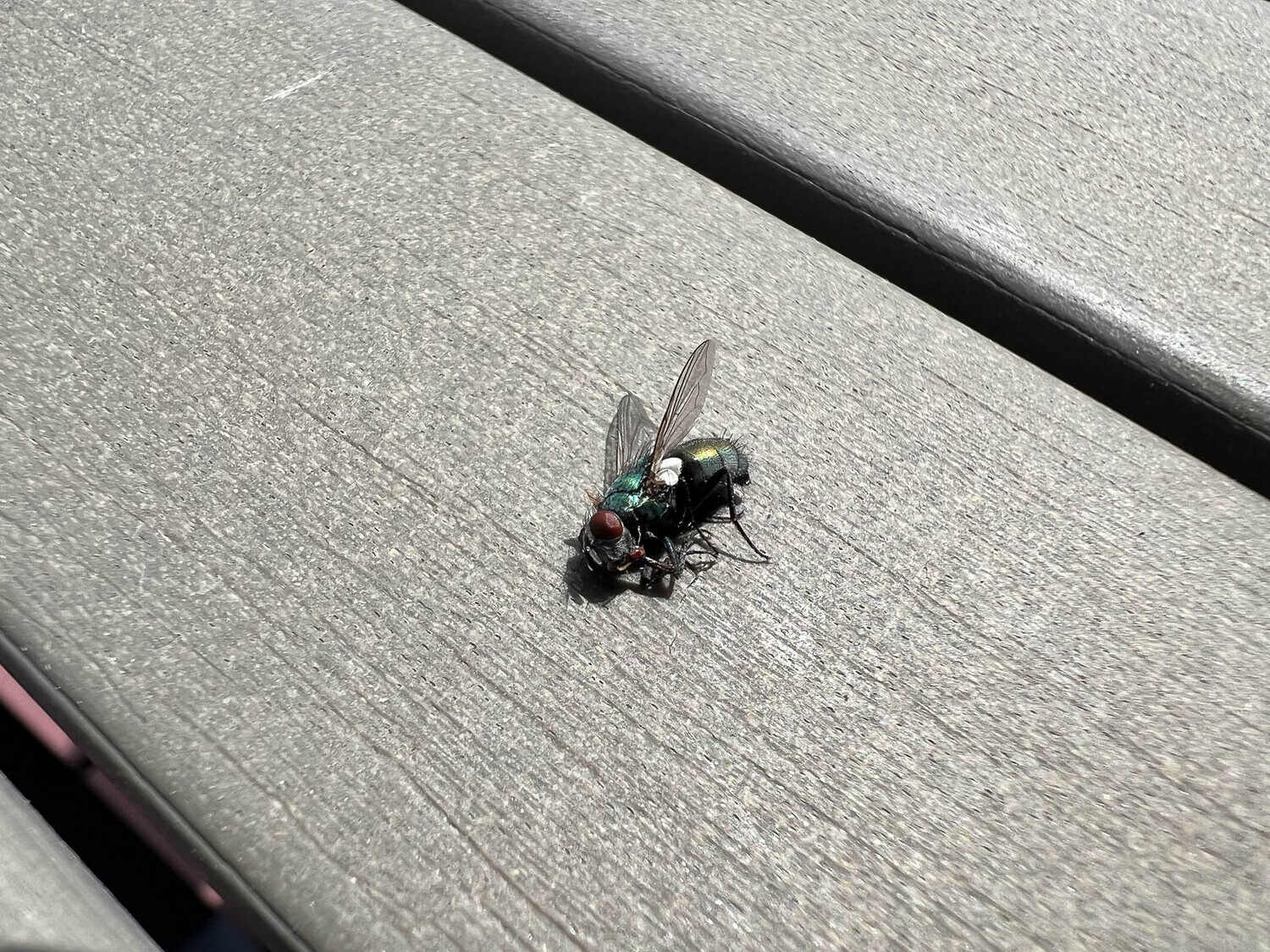
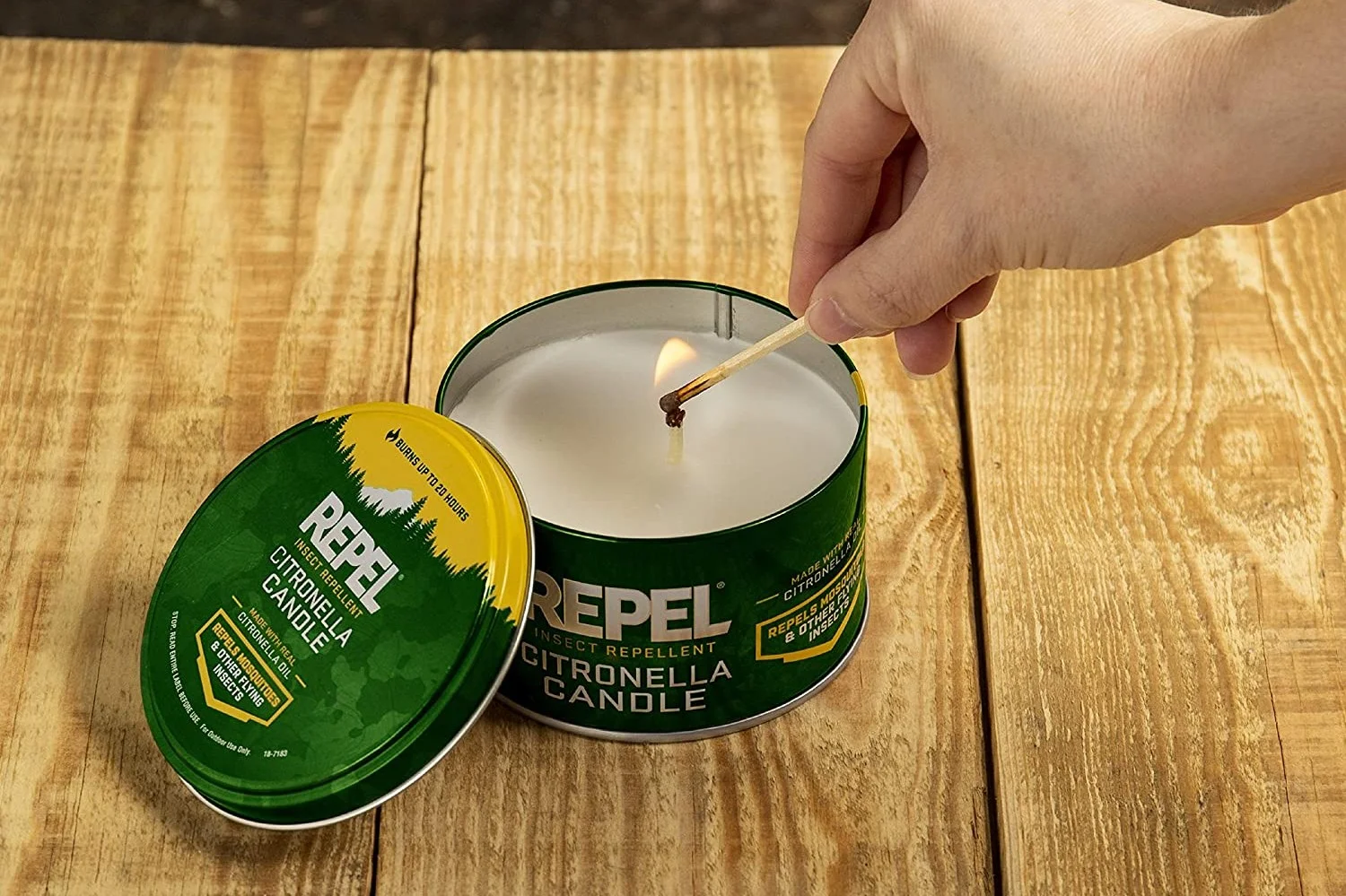
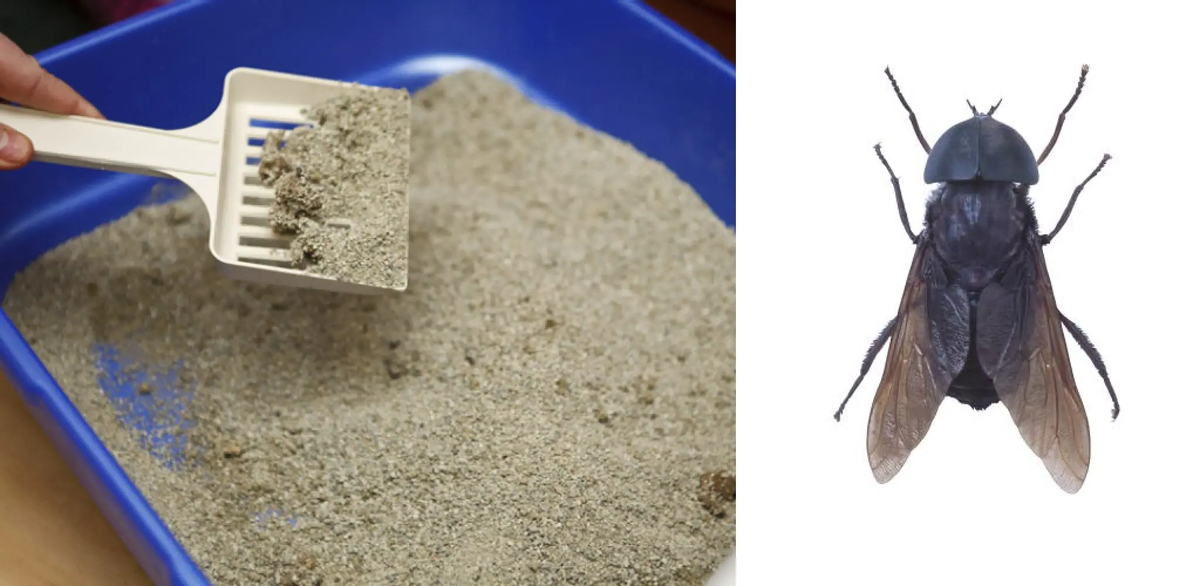
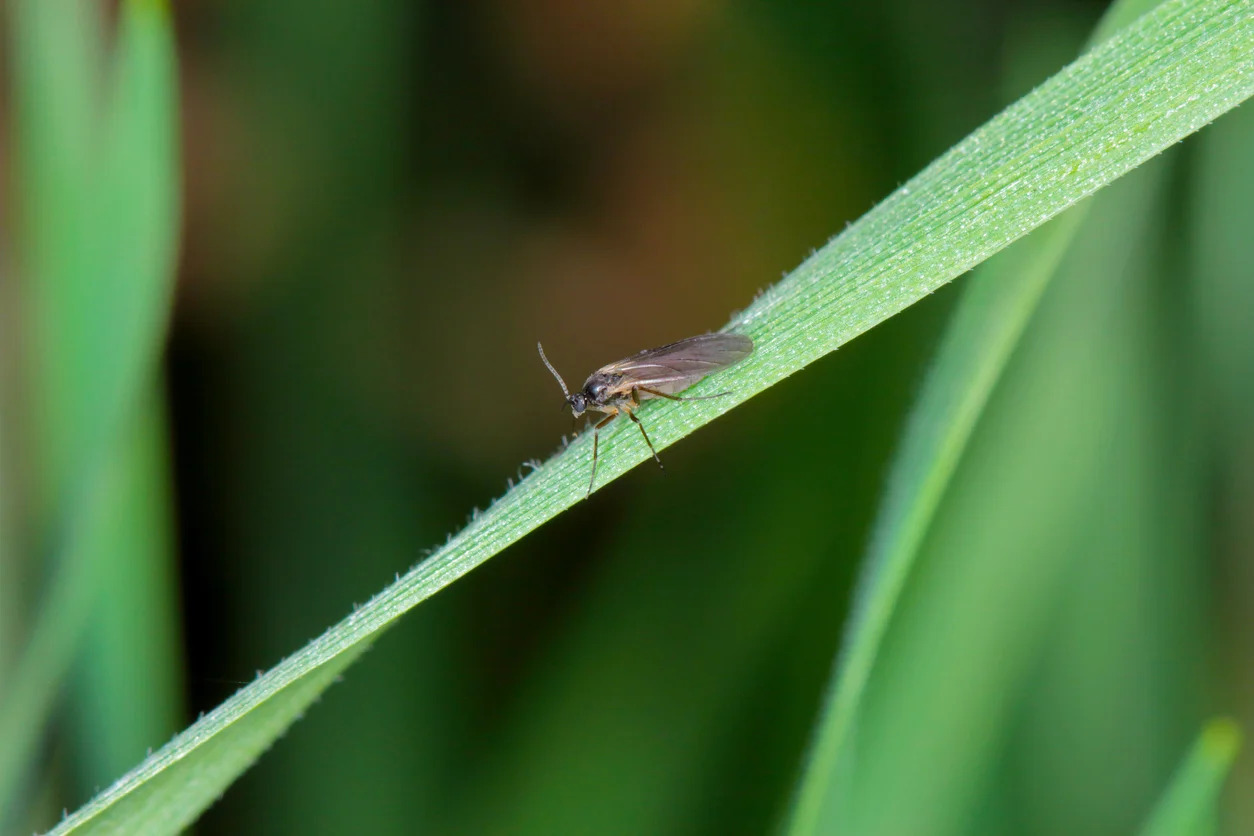
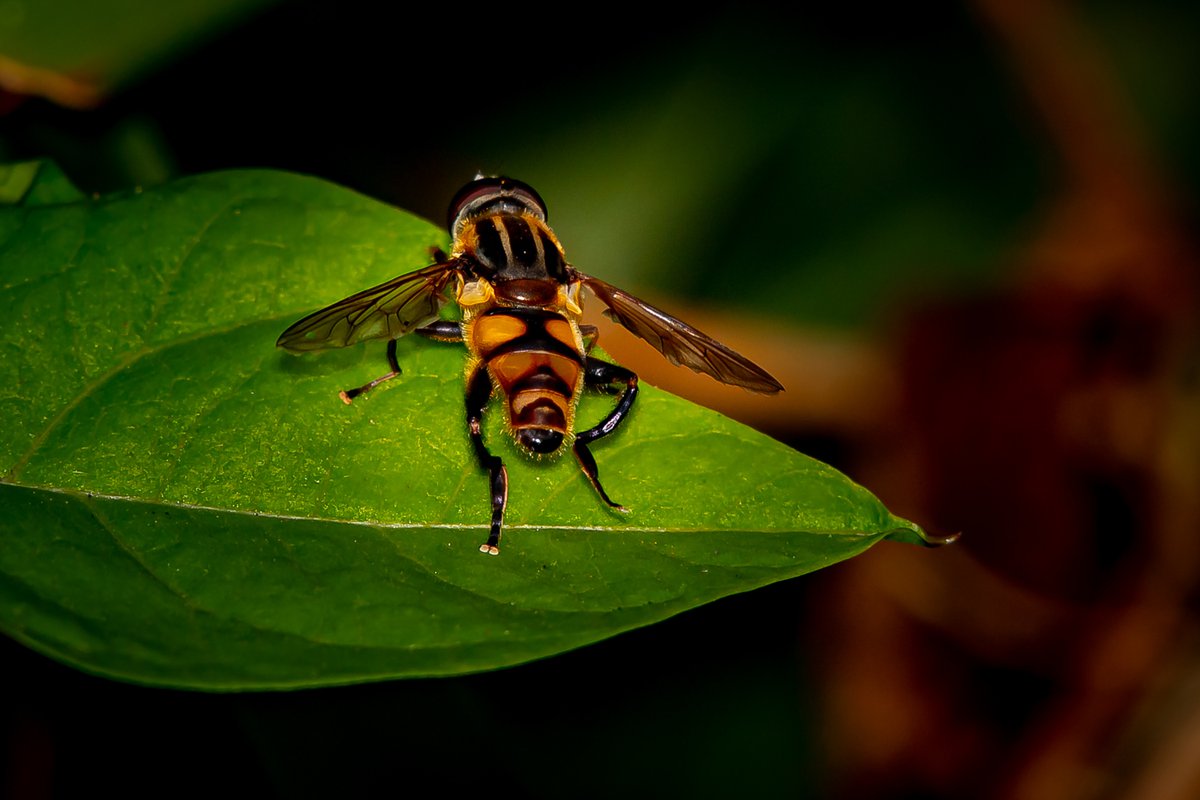
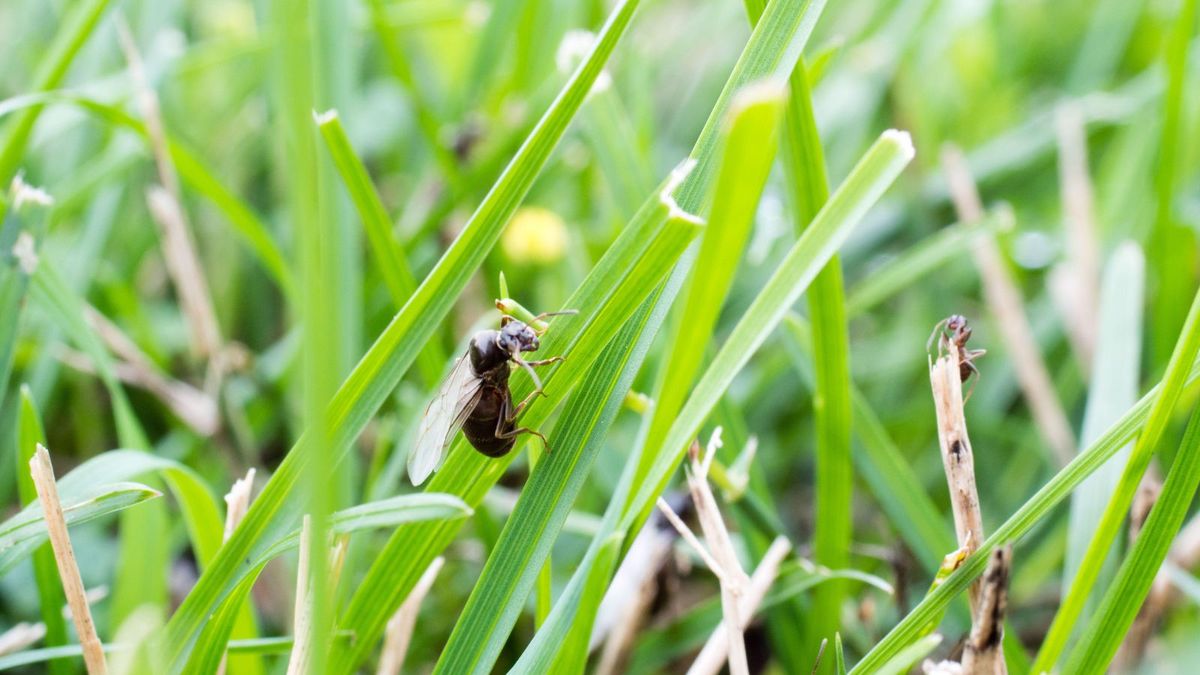
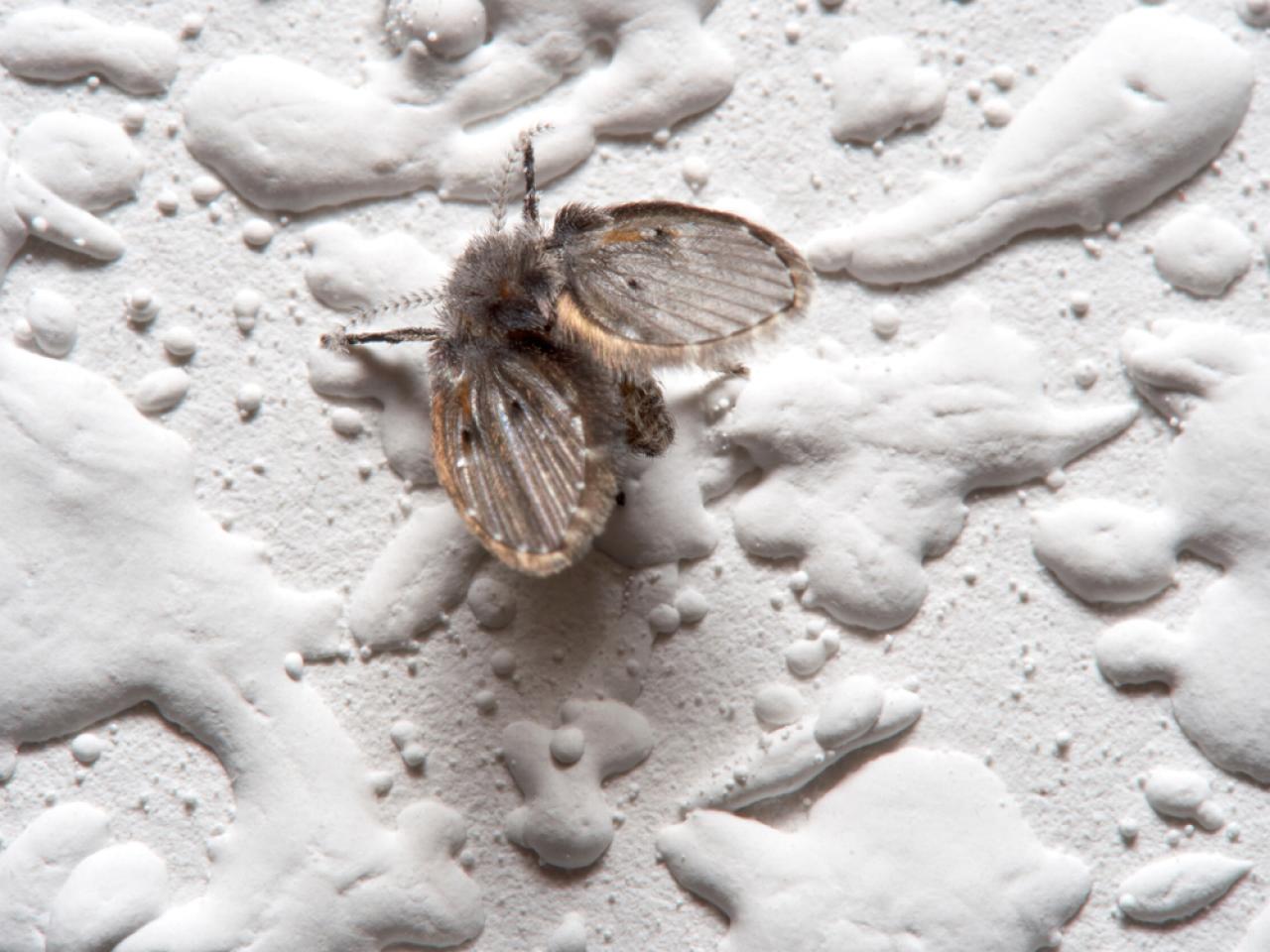
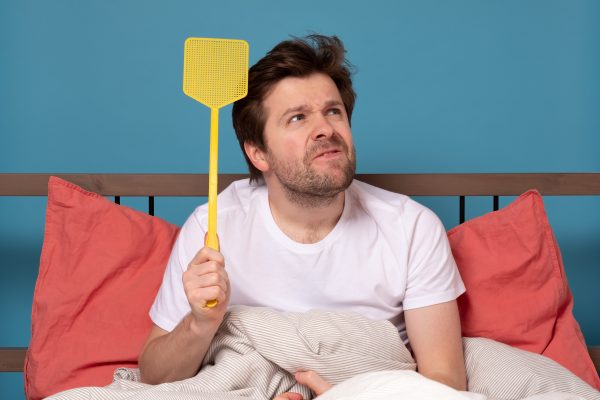

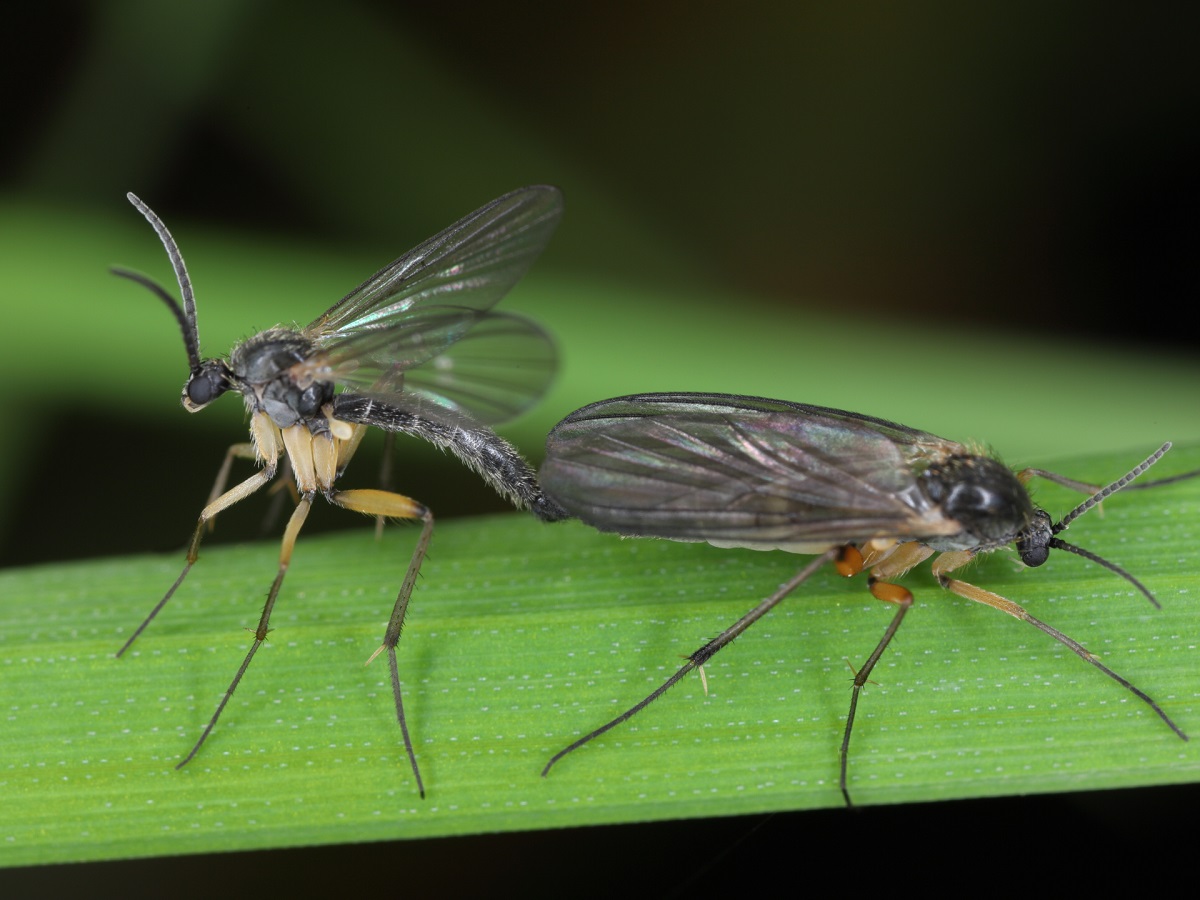
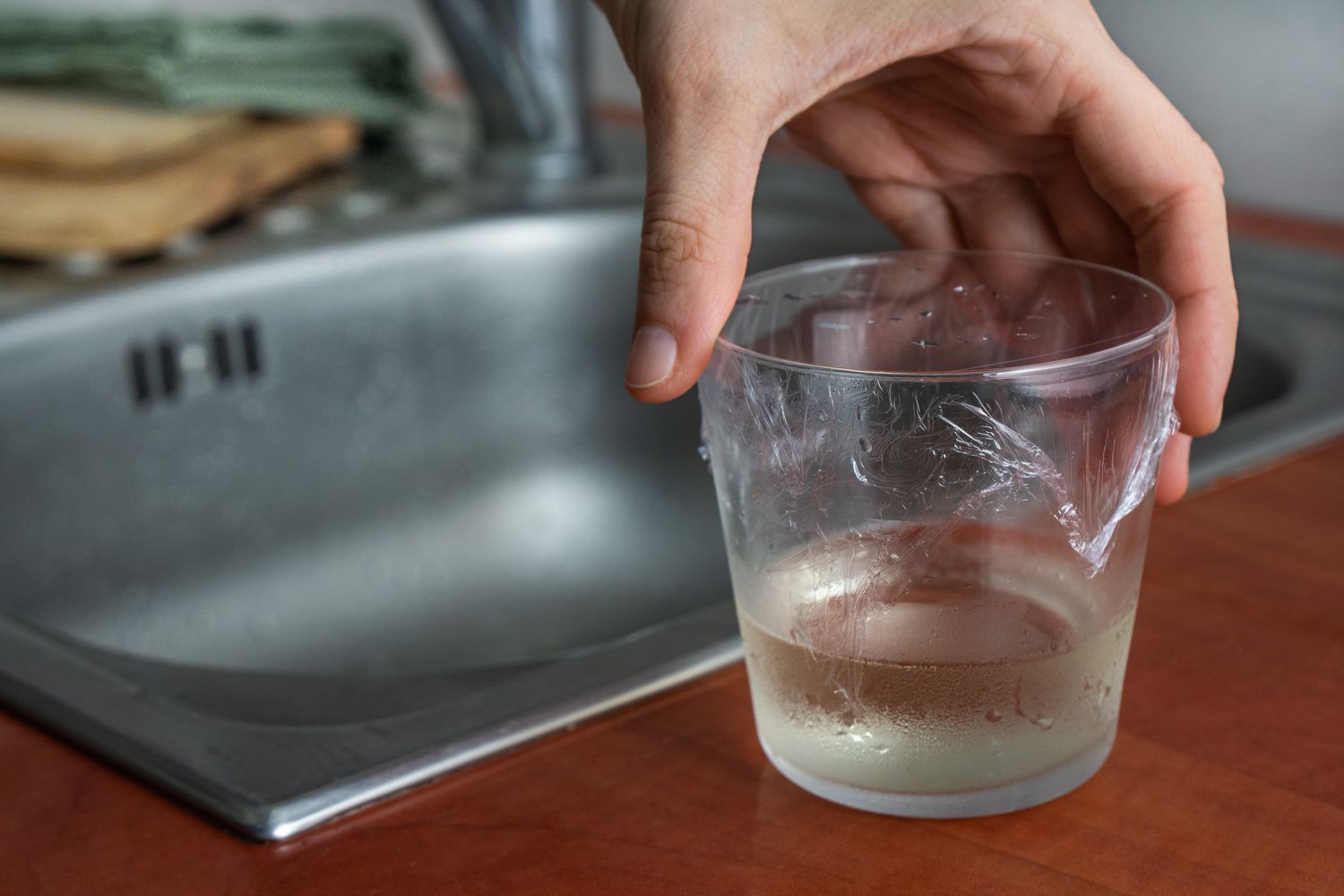
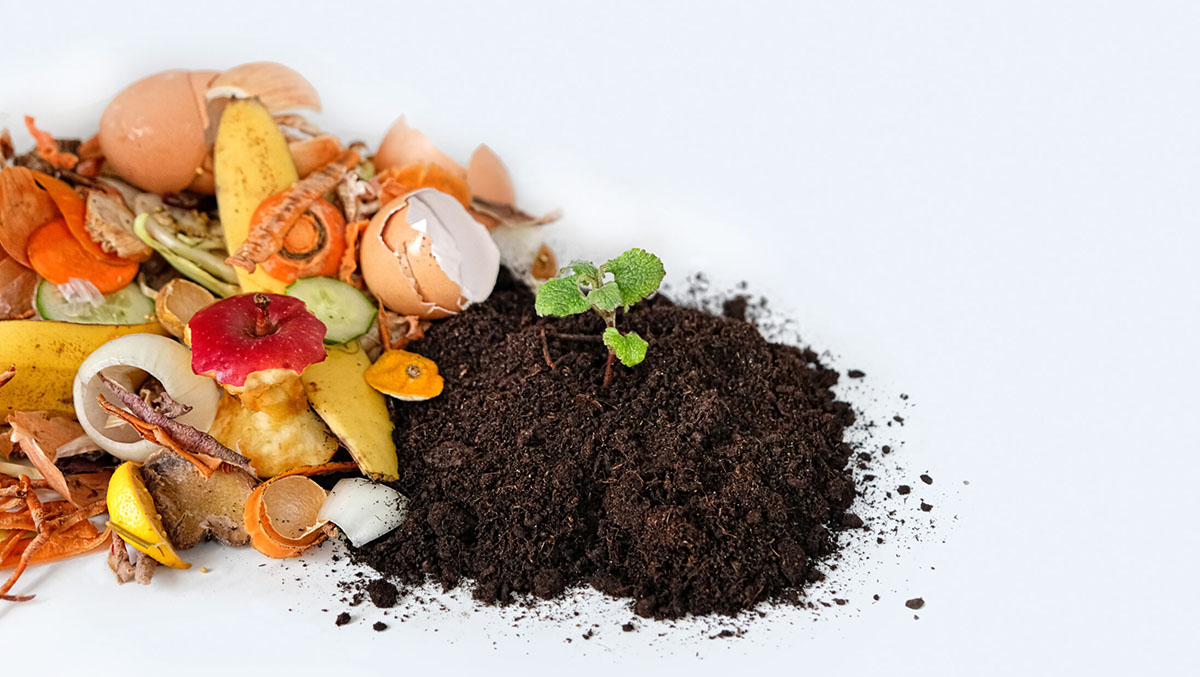
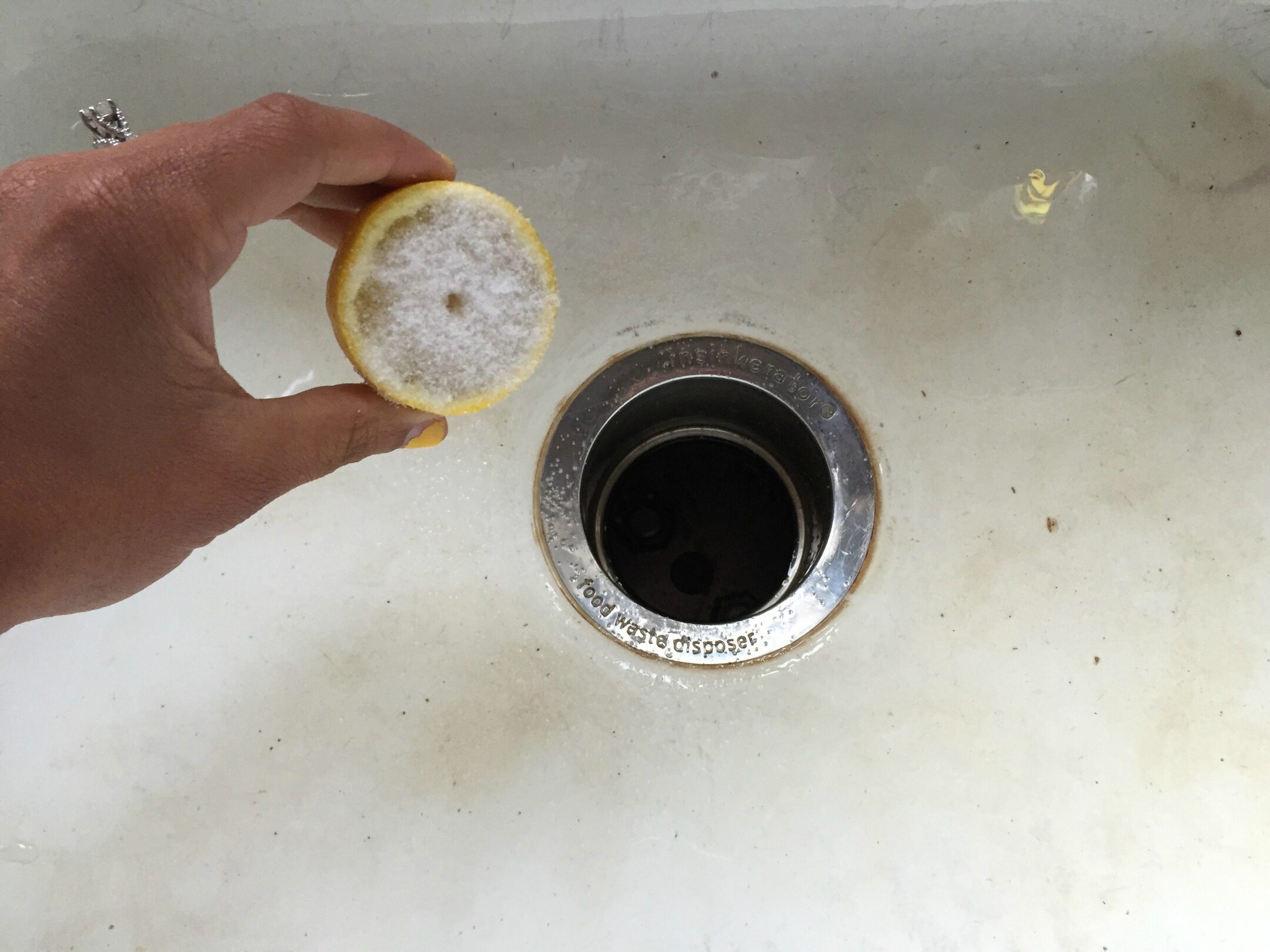

0 thoughts on “How To Get Rid Of Sink Flies”